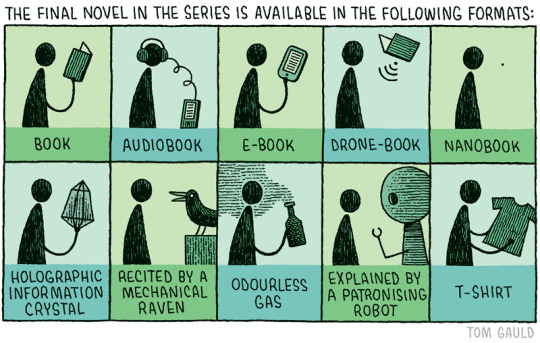Video
youtube
The world first tattooing prosthetic Arm
French artist JL Gonzal made this for Tattoo artist JC Sheitan Tenet using an existing prosthesis on which he added the metal bits and built the tattoo machine so that it can be set as needed by the tattoo artist.
Link
336 notes
·
View notes
Photo

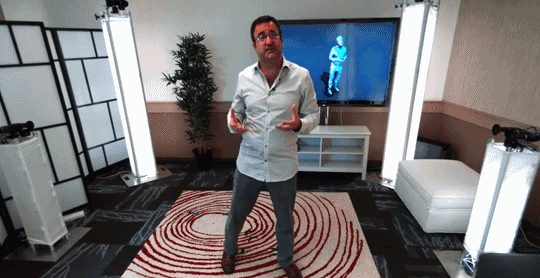
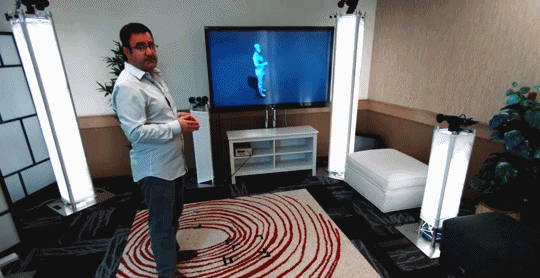

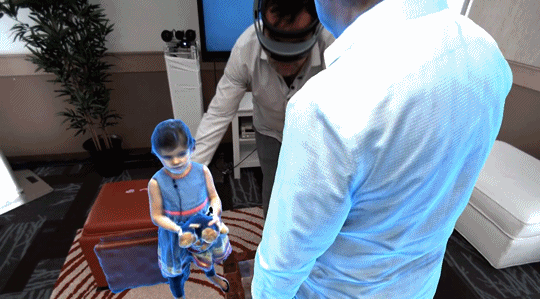
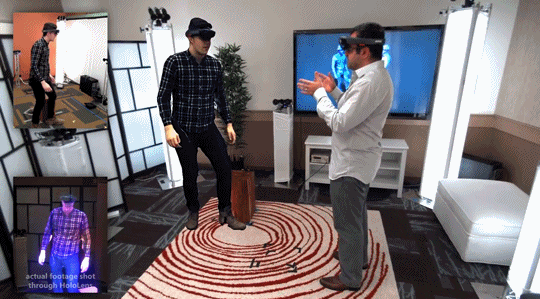
holoportation
WOW!
Incredible demo from i3D of Microsoft Research can capture and present realtime 3D video streams which can be viewed and displayed with their Hololens technology and depth camera setup:
youtube
holoportation is a new type of 3D capture technology that allows high-quality 3D models of people to be reconstructed, compressed and transmitted anywhere in the world in real time. When combined with mixed reality displays such as HoloLens, this technology allows users to see, hear, and interact with remote participants in 3D as if they are actually present in the same physical space. Communicating and interacting with remote users becomes as natural as face-to-face communication.
More Here
732 notes
·
View notes
Photo

Rafaël Rozendaal, Abstract Browsing, Printed Web Editions, March 2016, print-on-demand zine, 72 pages
23 notes
·
View notes
Photo

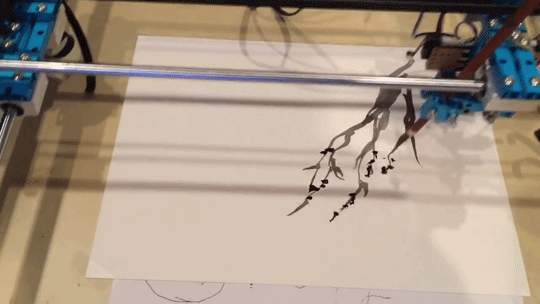
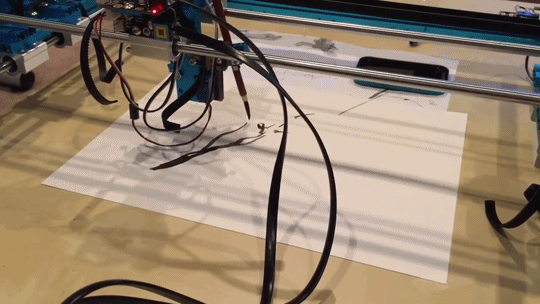
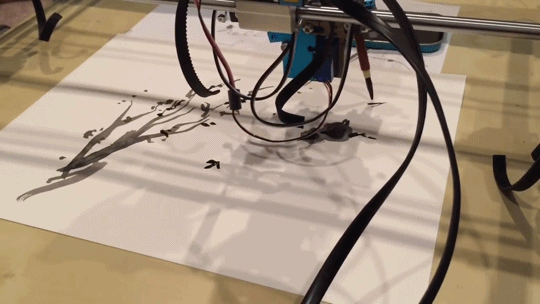
Robo Painter
Prototype tech from custom painting service Instapainting can capture brushstrokes from an artist using a tablet which can then be reproduced mechanically:
youtube
Over the past three weeks I’ve been working on a robotic painter to research the area of mechanical artwork reproduction and automated picture to painting creation for Instapainting.com and the print store e-commerce platform A Manufactory.
The goal is to have it accomplish both problem domains in full color, and to rival the quality of Chinese-produced hand-painted replicas …
Demo showing the AI painter in command and control mode, and replay mode. The first half shows the artist painting live, and the second half shows the robot replicating the exact brush strokes.
More Here
588 notes
·
View notes
Photo
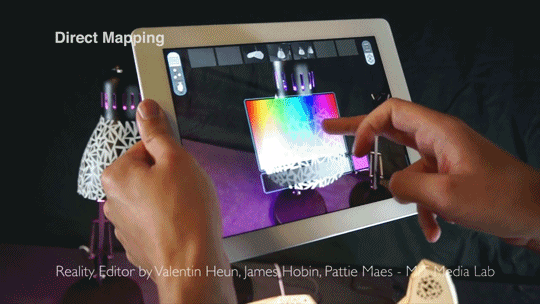
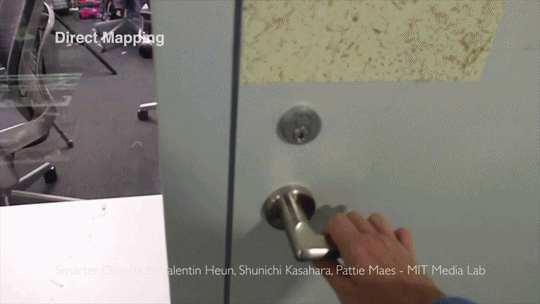

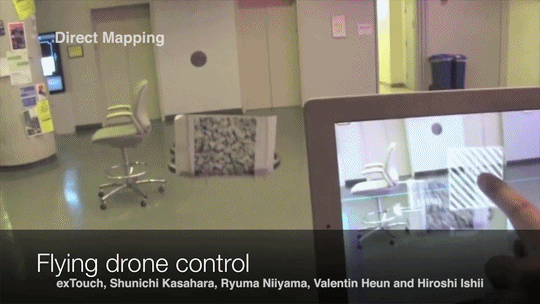
Open Hybrid
Project from MIT’s Fluid Interface Group - an open source tool to create augmented reality interfaces for internet-enabled tech using Arduino and the web:
vimeo
Open Hybrid is a platform for interaction with everyday objects.
It combines physical objects with the benefits of a flexible augmented user interface.
This platform allows you to:
Create Augmented Reality content with HTML tools
Create Augmented Reality without any knowledge about 3D Programming
Connect the functionality of objects with a simple drag and drop paradigm
Program your objects with Arduino
More Here
638 notes
·
View notes
Photo
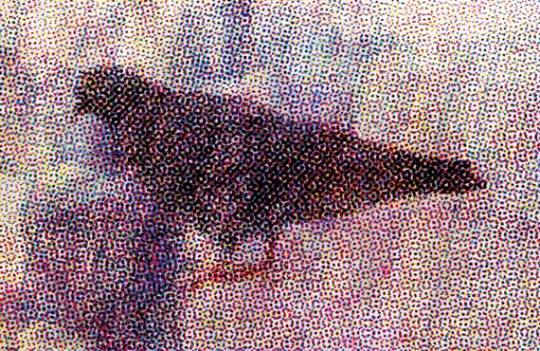

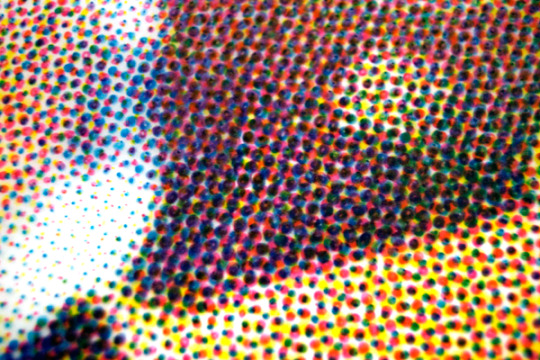
Louise Naunton Morgan and Stina Gromark, The Human Printer
Unlike any other printer the human printer creates unique, individual images each time it prints. Following the same process as a digital printer, the human printer generates the printed product by hand. Throughout the printing process the human printer assumes the role of the machine and is therefore controlled and restricted by the process of using CMYK halftones created on the computer.
Louise Naunton Morgan and Stina Gromark use fine tip markers and endless patience to mimic the layered tonality of CMYK color printing, which uses cyan, magenta, yellow and black to create the full spectrum. However, the handmade component gives each print its own look and feel.
"With something handmade, you create unique experiences or unique art works, whereas digitally, you can produce it over and over again, and it's exactly the same," says Gromark.
6 notes
·
View notes
Photo


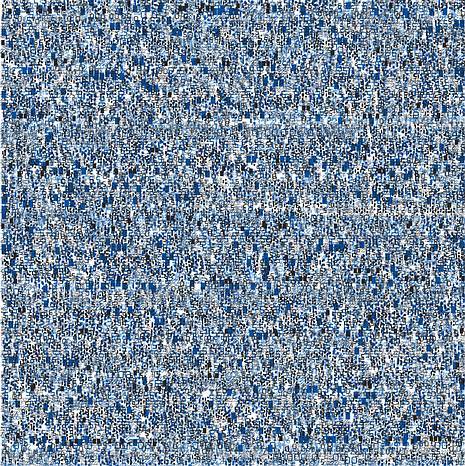
Andreas Muellerpohle, Digital Scores I (after Nicéphore Niépce), 1995
Here the earliest known photograph is the subject of a series in which analog photography is translated into alphanumeric signs by means of the digital code. “View from his study,” taken by Nicéphore Niépce in 1826, required an exposure time of presumably eight hours and could thus never correspond to the human gaze. This photograph was digitized, the information contained in the seven million bytes translated into alphanumeric signs and distributed over eight squares. The panels, unreadable for the human eye, represent the complete binary description of the oldest surviving photograph. The time of representation is thus transformed into the representation of information.
http://www.muellerpohle.net/projects/scores.html
0 notes
Photo
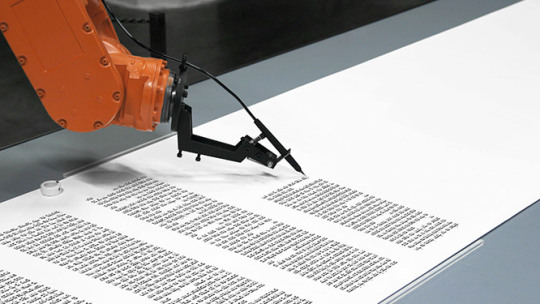
robotlab / Matthias Gommel, Martina Haitz, Jan Zappe
bios [torah], 2007-14
Robot Installation
The installation "bios [torah]" by the artist group robotlab refers to the activity of Torah writing performed in the Jewish tradition by a specially trained scribe, the Sofer. While the Sofer guarantees the sanctity of the Scripture, the installation highlights its industrial reproducibility. It simulates a centuries-old cultural technique that has long since been overtaken by media developments.
The Torah written by the industrial robot is not kosher – its origins fulfill neither the material nor the immaterial requirements of Jewish religious law. The robot does not distinguish between parchment and paper. It also has no blessings. It writes what and how it is programmed to do.
The installation title refers to an elementary component of computer technology, the Basic Input Output System (BIOS). BIOS is the system upon which all other computer programs build and is thus as fundamental to the development of the machine as Scriptures are to the cultural history of mankind.
The artist group robotlab examines the relationship between man and machine, using industrial robots time and again in its public installations and performances. robotlab creates experimental designs that allow new perspectives on the body and the mechanical movements of robots. Thus they anticipate a look into a future where robots have become a visible part of daily life in society.
0 notes
Link
The year 2011 marks Marshall McLuhan's 100th birthday. See and hear McLuhan explain what he meant by his best-known sayings, 'The medium is the message,' 'global village,' and others which have been hotly debated, discussed, and interpreted in myriad ways.
2 notes
·
View notes
Photo
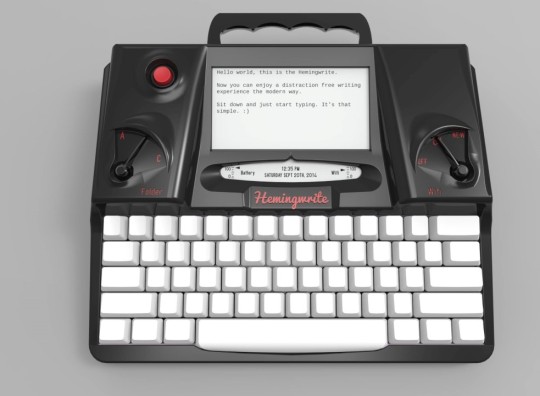

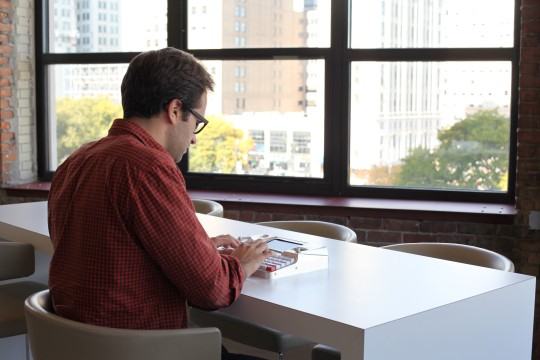
Hemigwrite, Adam Leeb, Patrick Paul (2014)
Hemingwrite is the Kindle of writing composition
The Hemingwrite is-a single purpose, distraction-free writing composition device. It combines the simplicity of a 90s era word processor with the modern tech we all require like cloud backups and integration into our favorite document editors like Google docs and Evernote.
The Hemingwrite is designed to aid both the new and established writer by providing a robust writing tool that completely removes all distraction from our daily connected lives.
{retro-optimization at work}
15 notes
·
View notes
Photo
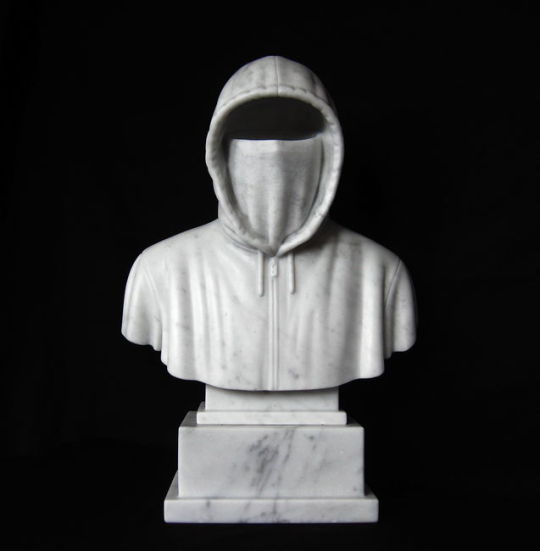

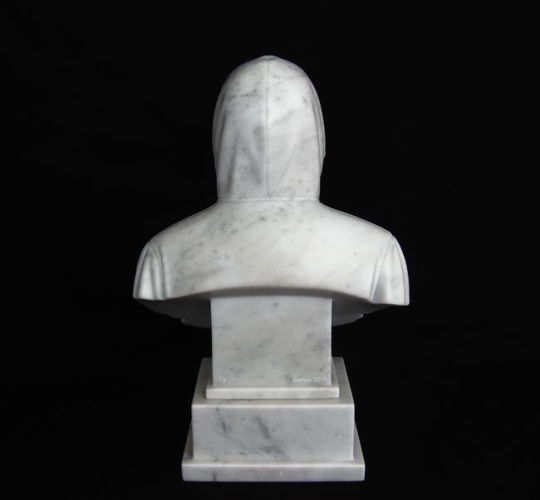
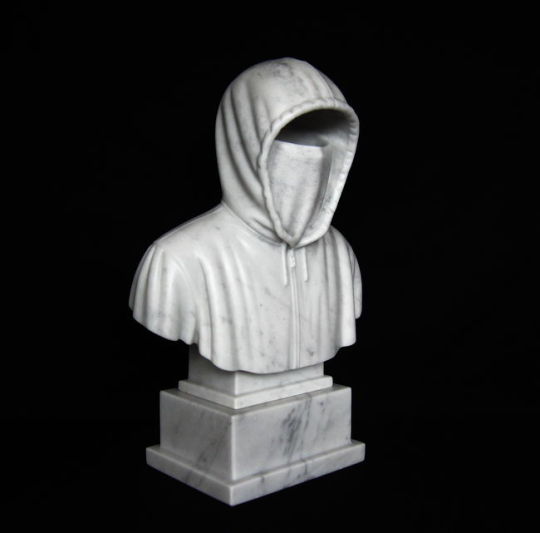
Hoodie
Marble sculpture by Chris Mitton is an anonymous bust of the contemporary garment:
'Referencing the iconography of classical carved marble busts, Hoodie confronts the faceless stereotyping and politics of fear employed by sections of government and media, rather than their addressing issues behind the social exclusion and desire for self-exemption from society’.
More Here
1K notes
·
View notes
Quote
“I changed my title five seconds ago from ‘Editors Beat Robots’ to ‘Editors Eat Robots,’ partially because I don’t believe in neat oppositions of editor versus robot, book versus transmedia, print versus digital. I believe in hybridization, which happens when things get combined. In a certain sense, I could say, ‘Editors Fuck Robots,’ and not in the aggressive sense but in the reproductive sense. What happens when editors combine themselves with robots?”
Richard Nash
http://thoughtcatalog.com/porter-anderson/2014/08/publishings-future-when-editors-eat-robots/
0 notes
Video
youtube
Digital analog clock, Maarten Baas
Digital video (color, silent), 12 hrs.
Maarten Baas’s Analog Digital Clock, available as an iPad or iPhone app as well as a Blu-ray film, appears, at first glance, to be a classic digital clock adapted for mobile devices and screens. In fact it is a videotaped performance of an actor painting or erasing sections of the digital display numbers, minute by minute, by hand, elegantly combining the analog and digital worlds. Time is presented here as a highly physical, even labor-intensive process, like the clock machine in Fritz Lang’s Metropolis(1927). Analog Digital Clock was created as part of Baas’s Real Time series, a set of four works in which people’s actions, rather than traditional clocks, demonstrate the passage of time: the hands of the clock are drawn (in Grandfather Clock), constructed from swept garbage (Sweepers Clock), and indicated by people in three different time zones (World Clock).
(http://www.moma.org/interactives/exhibitions/2011/talktome/objects/146229/)
0 notes
Photo

Retro Nostalgic iPhone 1 case for iPhone 5, Jesse England
12.5 x 6 x 1 cm, Gicleé print onto hard plastic
Shown with imitation iPhone 5
So you finally got the iPhone 5. And now you need a cover to protect your investment and show your appreciation for the media of the past. But the current trend of cassette, VHS tape and game controller-shaped covers has reached a critical saturation point, making such imagery common again and depleting their nostalgic value.
Remember back in 2007, when you were the first on the block to express your individuality with the iPhone? Remember the first vertical video you took? Now, the wonder of those glory years can be re-lived with this new project. I've drawn an image of an iPhone 1 by sight using the computer programs Inkscape and Gimp, and had it printed onto a custom plastic case.
Retro Nostalgic iPhone 1 case for iPhone 5 recalls the youthful memories of the late 2000's, like the magic of being able to impress friends and strangers with such novelties as touchscreen navigation. Certain nostalgic features are exaggerated in the drawing, such as the 4GB storage capacity, the narrow headphone jack, and the now-deprecated 30 pin connector.
(http://www.jesseengland.net/index.php?/project/retro-nostalgic-iphone-1-case-for-iphone-5/)
1 note
·
View note
Video
vimeo
Miss Candace Hilligoss' flickering halo
Direction and editing: Fabio Scacchioli
Music direction: Vincenzo Core
2011 / B/W / digital file, DV video, 35mm film
The beginning is another movie, an american noir of the early 60s: gutted and disemboweled, tortured and "detourned" images organize themselves into precarious and evolving structures, intertwined in multiples and twisted plots in a state of permanent collapse.
The aim is to incite the explosion of a closed system through a dispositive of audiovisual implosions. Forget what you see while you are actually watching it, and soak in a vibrating, optical ancestry. A scream without a reason.
(http://fabioscacchioli.jimdo.com/)
0 notes
Photo
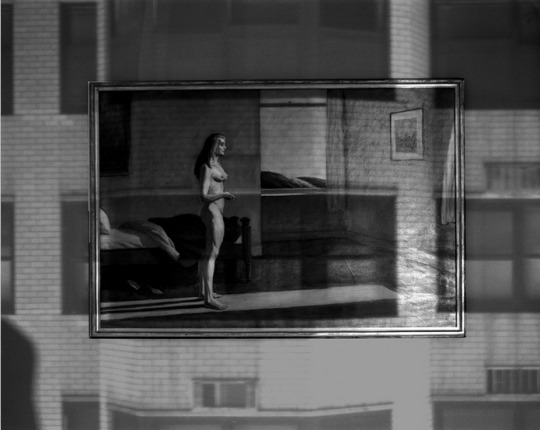

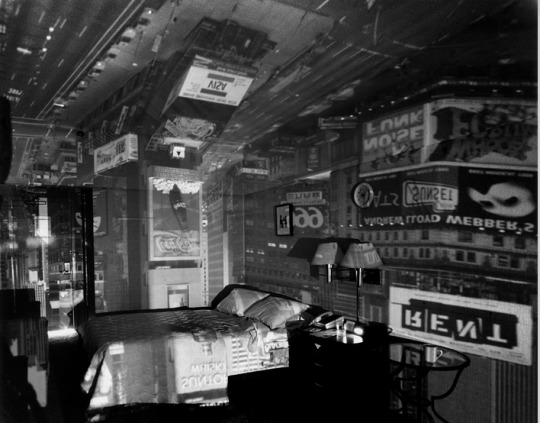

I made my first picture using camera obscura techniques in my darkened living room in 1991. In setting up a room to make this kind of photograph, I cover all windows with black plastic in order to achieve total darkness. Then, I cut a small hole in the material I use to cover the windows. This opening allows an inverted image of the view outside to flood onto the back walls of the room. Typically then I focused my large-format camera on the incoming image on the wall then make a camera exposure on film. In the beginning, exposures took from five to ten hours.
Over time, this project has taken me from my living room to all sorts of interiors around the world. One of the satisfactions I get from making this imagery comes from my seeing the weird and yet natural marriage of the inside and outside.
A few years ago, in order to push the visual potential of this process, I began to use color film and positioned a lens over the hole in the window plastic in order to add to the overall sharpness and brightness of the incoming image. Now, I often use a prism to make the projection come in right side up. I have also been able to shorten my exposures considerably thanks to digital technology, which in turn makes it possible to capture more momentary light. I love the increased sense of reality that the outdoor has in these new works .The marriage of the outside and the inside is now made up of more equal partners.
(http://www.abelardomorell.net/posts/camera-obscura/)
Abelardo Morell, Camera Obscura Image of Windows in Gallery with Hopper Painting,Whitney Museum, 2003
Abelardo Morell, Camera Obscura: View of Central Park Looking North-Spring, 2010
Abelardo Morell, Camera Obscura: Times Square in Hotel Room, 1997
Abelardo Morell, Camera Obscura Image of Umbrian Landscape Over Bed, 2000
1 note
·
View note
